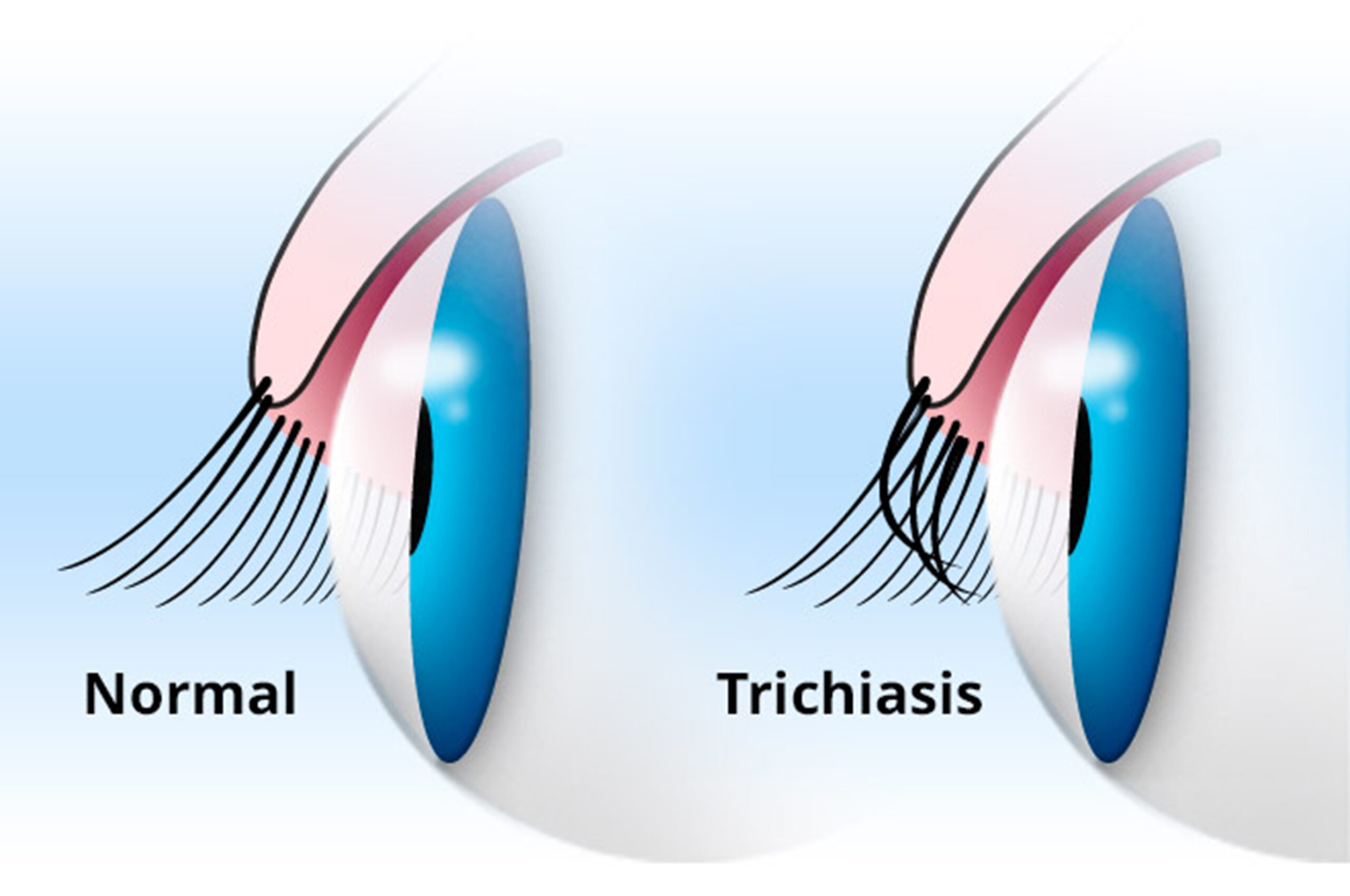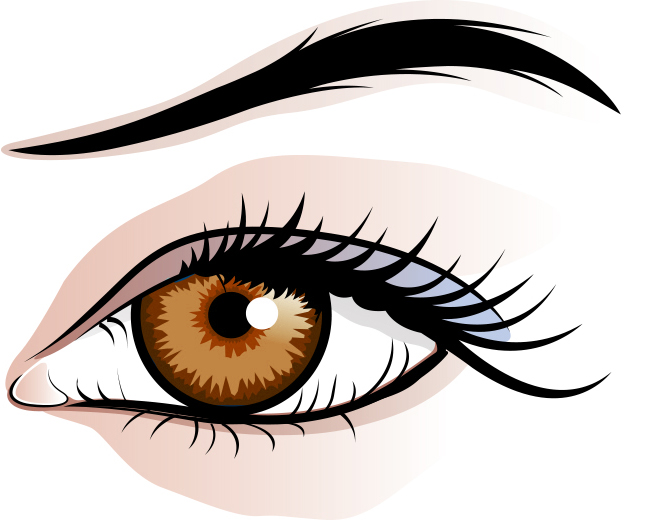This may sound harsh, but I think eyelashes are the cockroaches of our face. By this I mean, they can become endlessly annoying at times, and despite many treatments, won’t die easily. Most people, especially women, want full, thick eyelashes. They often pay large sums of money to enhance their lashes, either with topical treatments, such as Latisse, or with artificial eyelash extensions. But many people develop a problem called trichiasis, where the eyelashes become misdirected and point toward the eyeball. This can cause eye pain, tearing, a foreign body sensation, and even light sensitivity. It enough lashes rub the eyeball long enough, you can develop break down of the cornea with scarring or an infection.
Causes of Trichiasis
Eyelashes can become misdirected due to infections of the skin, inflammation or swelling, from scarring due to skin cancer removal or burns, or from droopy eyelid skin pushing on the eyelashes. Other times, they just start growing in the wrong direction for no apparent reason. Some people with prominent skin folds along the inner corners of the eyes and along the lower eyelids (particularly common in Asians) develop a problem called epiblepharon. In epiblepharon, the lashes are pushed in toward the eyeballs due to over-riding eyelid muscle and skin.

Normal vs. misdirected eyelashes
Treatment of Trichiasis
Eyelashes can simply be pulled out (epilation), but in most cases, they will grow back in 6-8 weeks. Other treatments include destroying the follicles with laser or electric cautery, or completely cutting out the lash follicles. In a recent study, laser treatment was shown to be around 63% effective while electric cautery was better at around 83%. This means that if you treat 5 misdirected lashes once, 1-2 will grow back and need a second treatment. Cutting out the eyelashes completely is the most effective treatment, but can create scarring.
Who Treats Trichiasis
Oculoplastic surgeons specialize in the treatment of eyelid problems, including trichiasis. See a local oculoplastic surgeon in your area for an evaluation. If you are in Utah, please call our office at 801-264-4420 for an appointment.
Featured image: Adapted from Modasta (https://www.modasta.com/health-a-z/trichiasis-misdirected-eyelashes/)

